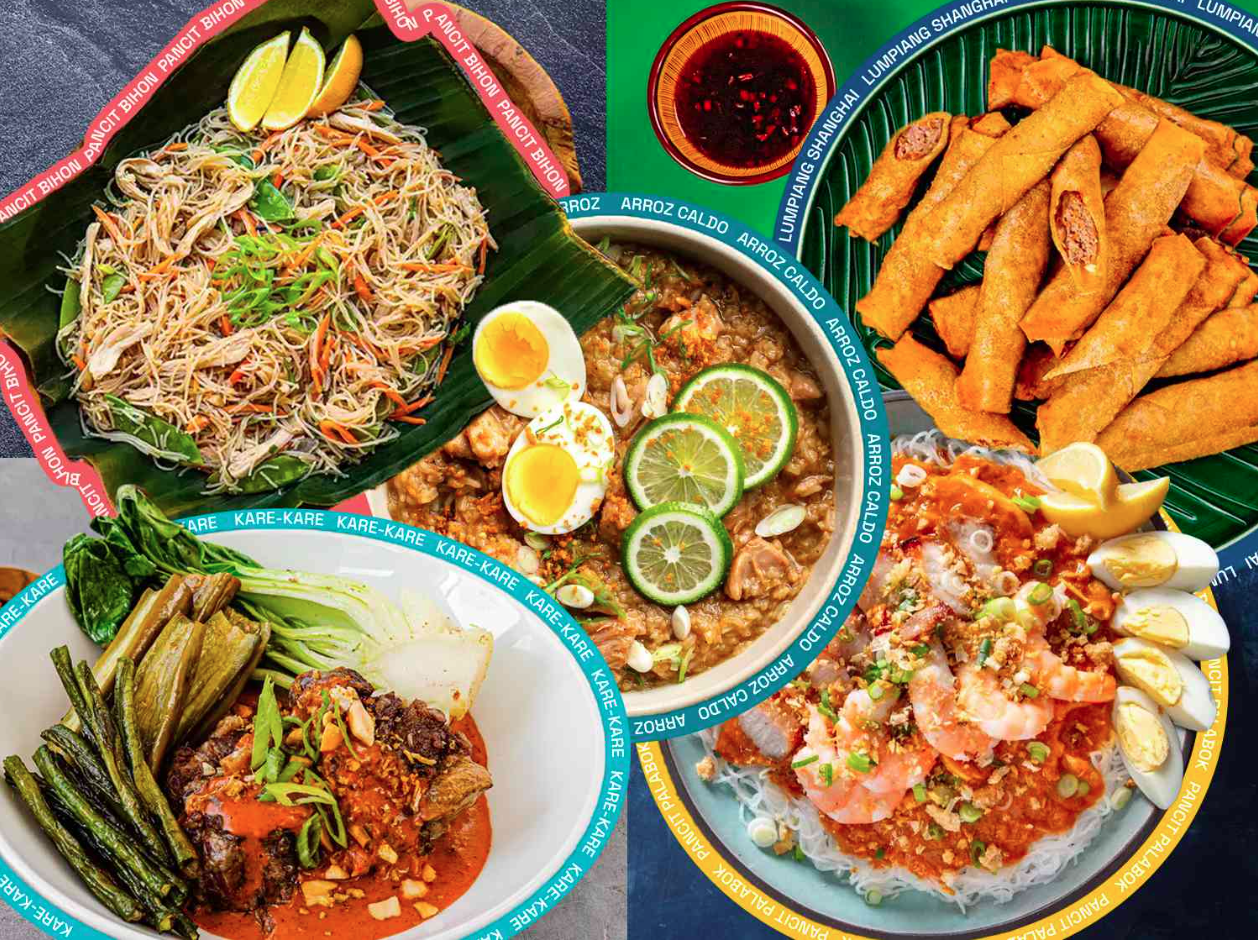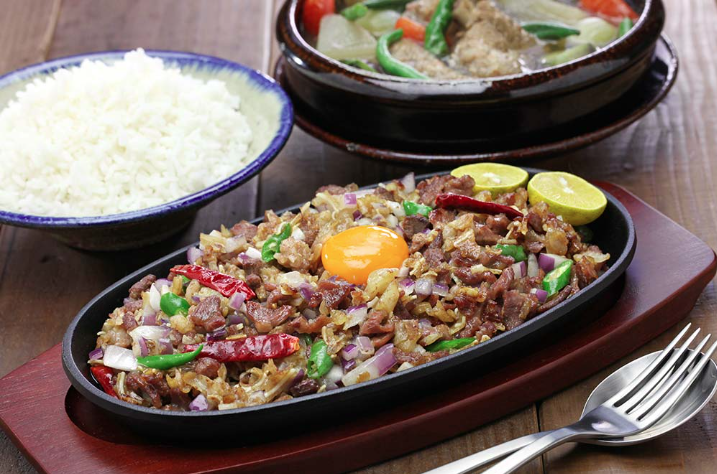Your cart is currently empty!
Blog

Recipes
A recipe is a set of instructions that describes how to prepare or make something, especially a dish of prepared food. A sub-recipe or subrecipe is a recipe for an ingredient that will be called for in the instructions for the main recipe.
The earliest known written recipes date to 1730 BC and were recorded on cuneiform tablets found in Mesopotamia.[1]
Other early written recipes date from approximately 1600 BC and come from an Akkadian tablet from southern Babylonia.[2] There are also works in ancient Egyptian hieroglyphs depicting the preparation of food.[3]
Many ancient Greek recipes are known. Mithaecus‘s cookbook was an early one, but most of it has been lost; Athenaeus quotes one short recipe in his Deipnosophistae. Athenaeus mentions many other cookbooks, all of them lost.[4]
Roman recipes are known starting in the 2nd century BCE with Cato the Elder‘s De Agri Cultura. Many authors of this period described eastern Mediterranean cooking in Greek and in Latin.[4] Some Punic recipes are known in Greek and Latin translation.[4]
The large collection of recipes De re coquinaria, conventionally titled Apicius, appeared in the 4th or 5th century and is the only complete surviving cookbook from the classical world.[4] It lists the courses served in a meal as Gustatio (appetizer), Primae Mensae (main course) and Secundae Mensae (dessert).[5] Each recipe begins with the Latin command “Take…,” “Recipe….”[6]
Home >>
Discover the Delights of Filipino Food
Experience the taste of the Philippines. Discover Filipino cuisine’s vibrant and diverse flavors, from savory adobo to sweet halo-halo. Filipino food offers a unique culinary adventure.
As Wikipedia described: https://en.wikipedia.org/wiki/, Filipino food is a diverse and flavorful cuisine.
Food in the Philippines is a fascinating mix of flavors and cultures, embodying the essence of Filipino food.
Filipino dish is created by different groups found in the Philippines. If you want to try the number-ranked food in the Philippines you should try Lechon Baboy. This dish is a staple of Filipino food.
Once there is a leftover for Lechon Baboy, we use leftovers to cook Lechon Paksiw or Lechon Kawali.
You may start by checking videos from a famous food vlogger “Ninong Ry” to get a better feel of Filipino food culture.
MY FAVOURITE FILIPINO MEALS
- SISIG

Pork sisig is a popular Filipino dish. It can be considered as a main dish or an appetizer. The composition of this dish is mainly of pig’s parts such as minced pork meat, ears, and face. Chicken liver, onions, and chili peppers are also added. The joy of eating Filipino food comes from many things.
How to Cook Sisig
- Grill boiled meats for 5 minutes per side
Remove from the grill and chop into small pieces. Note: feel free to mince the meat if preferred.
- Saute
Heat oil on a pan then saute onion for 1 minute.
- Add chicken liver
Add chicken liver
Continue to sauté until thoroughly cooked. Mash the liver while cooking until it breaks down into small pieces. - Add minced meat and chicharron to the pan
Stir until all ingredients are evenly distributed.
- Add other ingredients
Add chili flakes, onion powder, calamansi, and ground black pepper. Cook it on a metal plate until it sizzles.

Ascending to Heaven
Divine Journeys: From Earthly Life to Heavenly Promise
The Bible vividly depicts the concept of ascending to heaven through stories of divine encounters and spiritual elevation. Jesus’ ascension, as described in Acts 1:9, marks His return to the Father, signifying the fulfillment of His earthly mission and the promise of His eventual return. Similarly, in the Old Testament, Elijah’s ascent in a chariot of fire (2 Kings 2:11) symbolizes a transition from earthly life to divine presence. These powerful narratives remind us of the ultimate hope and promise of eternal life with God, inspiring us to live faithfully and look forward to our heavenly home. ✨🙏

#BiblicalTruth #Ascension #Faith
WHANG-OD: The Last Traditional Tattoo Artist of Kalinga

Meet Whang-Od, the living legend and cultural treasure of the Kalinga people in the Philippines. At over 100 years old, this extraordinary woman holds the title of the last traditional tattoo artist from her community, making her an icon of heritage and artistry.
Whang-Od, also known as Maria Oggay, has dedicated her life to preserving the ancient art of batok, a traditional form of tattooing that dates back centuries. Using just a hammer, thorn, and natural ink made from charcoal, she creates intricate designs that symbolize courage, strength, and beauty. Each tattoo tells a story and carries profound cultural significance, connecting the wearer with their ancestors and identity.
Her artistry isn’t just about the tattoos; it’s about keeping a centuries-old tradition alive in a rapidly changing world. Despite her age, Whang-Od’s spirit remains as vibrant as ever, and she continues to share her craft with the next generation, ensuring that this ancient art form endures.
Let’s celebrate Whang-Od’s incredible legacy and the rich cultural heritage she represents. Her story is a powerful reminder of the importance of preserving and honoring our traditions in an ever-evolving world.

Best Thrift Stores in Cebu
Discover Cebu’s Best Thrift Stores: Your Guide to Vintage Treasures and Great Deals!
Are you on the hunt for unique finds and unbeatable bargains? Cebu is home to some amazing thrift stores where you can score everything from vintage clothing to rare collectibles. Whether you’re a seasoned thrifter or just looking to explore, here’s a roundup of the best in Cebu:

The Thrift Store Cebu
Location: Cebu City
A popular spot among locals and visitors alike, it offers a diverse selection of pre-loved clothing, accessories, and home goods. The store’s neatly organized racks make it easy to find hidden gems. Plus, their friendly staff is always happy to help you on your treasure hunt.
Trove Thrift Store
Location: IT Park, Cebu City
Trove Thrift Store stands out for its stylishly curated selection. From vintage designer pieces to quirky decor items, Trove has something for everyone. The store also frequently updates its inventory, so there’s always something new to discover.
Ukay Ukay Corner
Location: Mandaue City
Known for its affordable prices and wide range of items, Ukay Ukay Corner is a go-to for budget-conscious shoppers. The store boasts a large collection of clothing, shoes, and accessories, all priced to move. It’s a great place to find a bargain and make some stylish upgrades to your wardrobe.
The Green Thrift Store
Location: Cebu City
The store combines sustainability with style. Their eco-friendly focus means you’re not just getting a great deal, but you’re also helping reduce waste. Browse their selection of gently used clothing and home items while supporting a good cause.
Vintage Finds Cebu
Location: Ayala Center Cebu
If you’re a fan of vintage fashion and retro decor, Vintage Finds Cebu is a must-visit. The store specializes in carefully selected vintage pieces that tell a story. It’s a great spot to find one-of-a-kind items that stand out from the crowd.Sustainable Cebu Thrift Shop
Location: Cebu City
This store is all about combining thriftiness with sustainability. It offers a fantastic range of second-hand clothing and household items, with an emphasis on environmentally friendly practices. It’s the perfect place to shop ethically without compromising on style.
Whether you’re looking for a statement piece, a hidden gem, or just a good deal, Cebu’s thrift stores have you covered. Next time you’re in the area, make sure to stop by these spots and see what treasures you can uncover! 🌟
Do you have a favorite thrift store in Cebu? Share your recommendations in the comments! 👇

Recept (keuken)
Een recept is een verzameling instructies die aangeven hoe iets klaargemaakt moet worden, en wel met name een gerecht.
Een recept kan heel beknopt zijn en beperkt tot het strikt noodzakelijke (zoals een lijst van ingrediënten en een beknopte beschrijving), maar het kan ook zeer uitgebreid zijn en de volgende onderdelen bevatten:
- De naam van het gerecht
- Hoeveel tijd het kost om het gerecht te bereiden
- Voor hoeveel personen het recept bedoeld is
- Welke ingrediënten nodig zijn, en in welke hoeveelheden
- Het gereedschap, zoals speciale pannen, die nodig zijn om het gerecht te bereiden
- Een gedetailleerde beschrijving van de te nemen stappen tijdens de bereiding, waaronder de kooktijd of de oventemperatuur
- Mogelijke variaties van het gerecht door vervangende ingrediënten of toevoegingen
- Serveersuggesties, zoals met welke andere gerechten het gecombineerd kan worden
- De calorische inhoud
- De hoeveelheden vitamines, mineralen en andere voedingsstoffen
- De houdbaarheid van het gerecht na bereiding, al dan niet in gekoelde of diepgevroren toestand.
- Een illustratie van het bereide gerecht, of een illustratie van moeilijke bewerkingen tijdens de bereiding
- Anekdotes rondom het gerecht, bijvoorbeeld over de oorsprong ervan, het land, de streek of bevolkingsgroep waar het recent vandaan is gekomen

